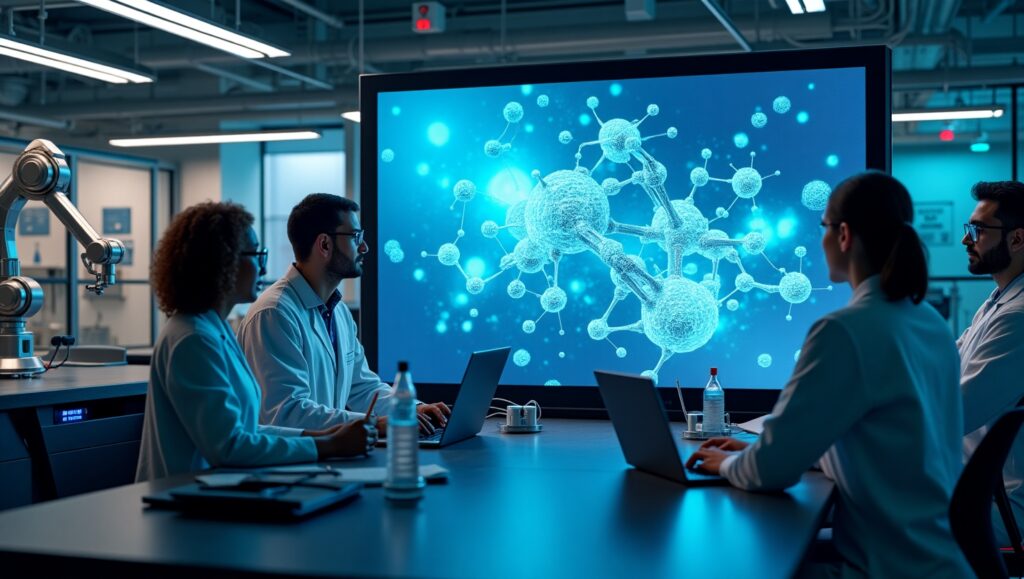
DAMSEL
Développement accéléré de matériaux résistants aux sels fondus chlorures (collaboration avec l’Université du Wisconsin)
Leader: Laure Martinelli
Accelerated materials development is a major challenge for all industries, and corrosion resistance is even more important for resource conservation issues. Therefore, consistent with the DIADEM project and in a parallel approach, the DAMSEL project aims to estimate the irradiation (heavy ions) and corrosion resistance of FeNiMoCr alloys in a chloride salt for use in molten salt nuclear reactors, while also capitalizing on the advances in American research on this subject.
Indeed, the University of Wisconsin has demonstrated its expertise in the accelerated development of materials for fluoride and chloride molten salt reactors. As part of DAMSEL, dozens of samples of FeNiMoCr quaternary model alloys will be synthesized using additive manufacturing at the University of Wisconsin, varying the composition to best map the entire composition tetrahedron. These samples will then be irradiated with Ni ions at the University of Wisconsin and corroded (before and after irradiation) at the University of Wisconsin and CEA/ISAS/DRMP/S2CM to determine the effect of irradiation on the corrosion of these materials. The corrosion tests at CEA and the University of Wisconsin will cover the entire composition spectrum of FeNiMoCr alloys as well as a NiCr grade corroded in a wide range of salt chemistry. The purpose of these cross-experiments is, on the one hand, to obtain in a very short time (3 years), a large corrosion and irradiation database on FeNiMoCr alloys, but also to screen the effect of a wide range of salt compositions on a NiCr model alloy. This database will be integrated into the PEPR DIADEM/A-DREAM database to accelerate the identification of material choices for molten salt environments.
Finally, the ultimate goal of the University of Wisconsin-CEA collaboration is to capitalize on the knowledge acquired over more than 10 years in the United States on the development of materials for molten salt reactors and on accelerated materials development to enhance the CEA’s expertise in these two areas, in which the CEA’s programs are only just beginning.
To this end, a single postdoctoral fellow would begin with 1.5 years of corrosion and irradiation work at the University of Wisconsin (funding requested from the Impact Chair), then spend 1.5 years at the CEA (funding requested from the PTC MP) to transfer the skills and expertise acquired in the United States. Thus, the postdoctoral fellow will be involved for three years in this Franco-American research program. A single person is required to carry out all the work in both countries in order to leverage the CEA’s expertise.